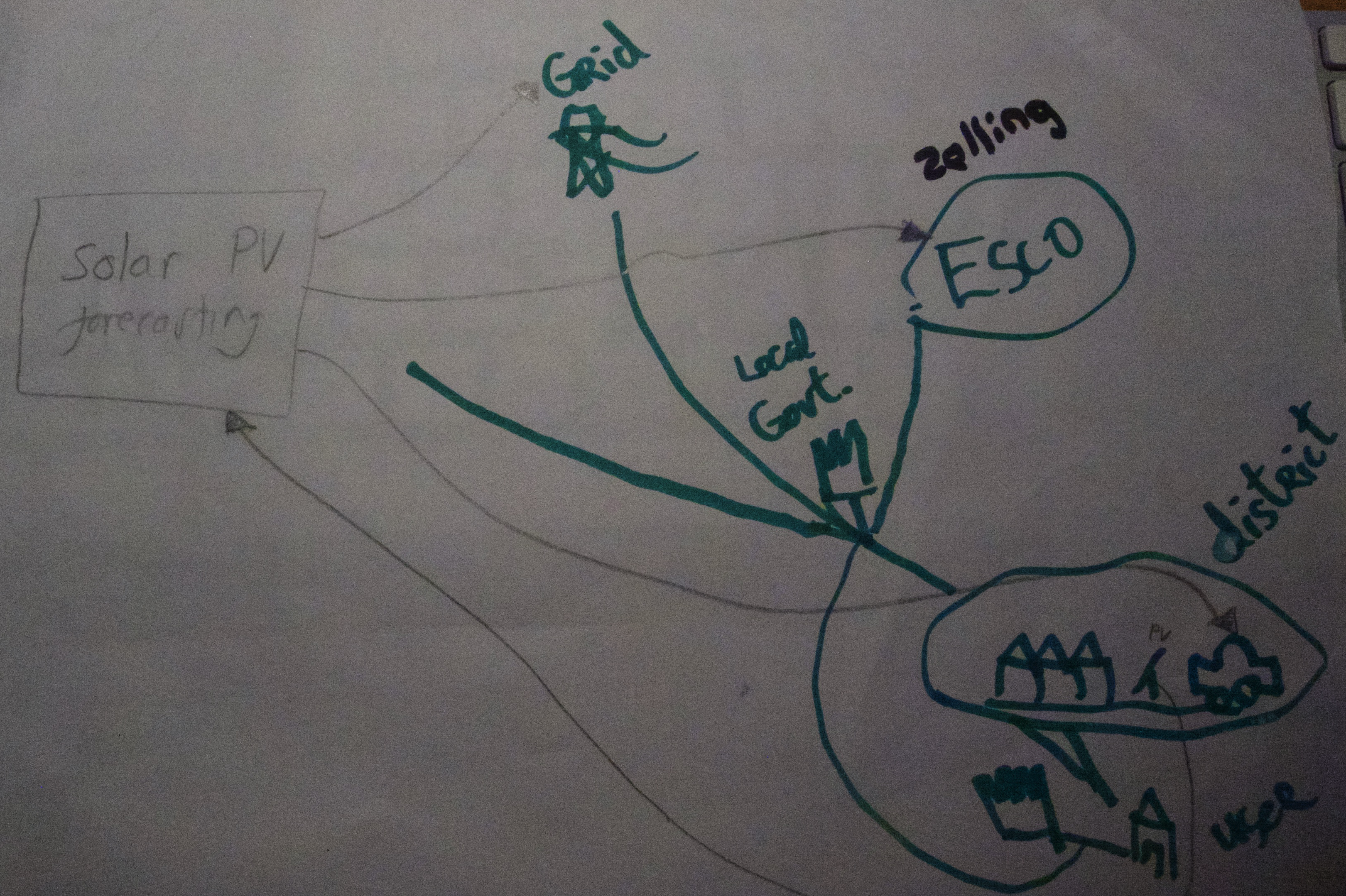
By Rachel Wilson, Senior Software Developer at the ODI
Weeknotes: personal reflections from the ODI research team. Keeping you informed about our projects, research and decision-making processes.
This week's activities
- Speaking with Imperial College London and Climate Fix about their respective projects, to help us scope a realistic prototype of digital twins that are connected
- Investigating the relationship between the physical and digital halves of a twin
- Making decisions about hardware for our prototype
This week's observations
- A twin is actually a trio, comprising of: a physical asset, actuators and sensors.
- We have choices about how we represent an asset digitally. What we choose may depend on how we want to control the asset
- An asset can be quite abstract or a proxy for something else - say the environmental properties of a room - and can act as the proxy, say for the fabric of the building or the comfort of residents
- Complicated environments - such as a building - can be represented quite simply, using only a few sensors that represent the important properties
- What we're really concerned about is the physical asset and the effect of decisions made about it. Therefore sensors observe the properties of the physical assets before and after the actuators have acted on it.
A scenario for connecting digital twins
The research question for this project is to "What are the ways digital twins can connect and interact, and are some of them more conducive to creating an ecosystem which complies with the Gemini Principles?" as a means of exploring what a National Digital Twin might look like. We've thought a lot about digital twins in isolation, but what we really want to understand is how they might be connected. This is a "data infrastructure" question and the ODI advocates for data infrastructure that is as open as possible.
We want to build a prototype that is rich enough to be be a good demonstration of the technologies and connections, but simple enough to be accessible. We haven't yet come across a real life example so we've been using our imagination a little. We've been kicking around a sketchy network diagram that looks like this.
Speaking to Imperial College London/Climate Fix
Fortunately two generous experts working in the energy domain kindly responded to our appeal to improve our scenario
- Edward O'Dwyer had previously advised us on the Data Trusts research project: His team at Imperial College London are developing a system of algorithms to minimise carbon use in Greenwich by anticipating energy use from council accommodation, electric vehicles and solar panel use. In part to reduce demand on the national grid and increase renewable energy use.
- Open Climate Fix co-founder Jack Kelly's mission is to improve short term energy forecasts for the national grid: matching predicted supply from photovoltaic cells (solar panels) and better predict demand on the national grid
During our conversation we identified three digital twins:
- Solar farms, and wind farms use digital twins to identify mechanical faults, anticipate maintenance and tune power output
- Building Management Systems (BMS), such as that in Greenwich, use digital twins to model environmental conditions and energy consumption to minimise costs as well as supply-chain greenhouse gas emissions
- The National Grid is introducing digital twins to optimise their operations, detect mechanical faults and improve their responsiveness to "operational flexibility, [...] given the increasing penetration of intermittent renewable energy sources"
In this scenario the National Grid is the intersection point. The grid already has twins of its plant assets and operations, and they would benefit from access to the data and insights about the BMS demand and PV supply models
Here's the (quite terrible) sketch we made during the conversation (writing upside-down esses is hard!). The green pen is the district heating network / Imperial College London point of view; and the pencil is Open Climate Fix

Requestioning: what is a twin?
What is the asset in the BMS case? Samsung's first prototype presented us with an internet-connected lightbulb, which could be switched on and off via a virtual representation. There seems to be a very direct relationship between the asset (the lightbulb) and it's virtual representation. Whereas the asset in the BMS case is the room - which is.... an empty space?
Yet on closer inspection of the lightbulb the closeness of the physical object to its digital representation turns out to be a bit of an illusion. Although it looks like a familiar lightbulb, on screen and in real life, it actually contains
- a switch actuator to turn it on and off in the bulb, not at the wall.
- a data input to change the RGB colour
- the "sensor" is actually a microchip that remembers the on/off state and colour: but we could replace the state reading with real-time light and colour sensors.
Similarly for the robot arm - the angle of the servos (actuator) are being read by potentiometers (sensors) and its the sensor that's essential to draw an accurate visualisation.
We could have represented those readings separately in the visualisation, but we chose to use the icon of a bulb or a drawing of an arm, because it's easier for us to make the association and interact with the asset.
So what is "real thing" or asset when it comes to a space like a room or an apartment. Fionntan and I are both okay with an asset being an "empty" environment - the air and its humidity/energy(heat) properties - which is really a proxy for the health of the walls, and the comfort of the residents. I really had to think about this, it's confusing because the terminology in the IOT world is to talk about either the sensor or actuator as a Thing.
A room's parameters and lifecycle is complex, even more so the notion of human comfort. But we can use a few carefully chosen parameters to act as proxies - in our case temperature and humidity. Ultimately what really interests us is the effect of our decisions, which are enacted by interventions - manual or automatic. The sensors are just there to observe the properties of the physical assets before and after the intervention.
This seems obvious in some ways, but I'm curious how this subtlety is revealed by the hardware - inside-out as it were... I wonder, what would Rachel Whiteread think of Digital Twins?
Hardware
I'm keen to start learning about the hardware but even a short internet search reveals too many choices - and a different resistor for every occasion, it's overwhelming. So I decided to get this complete prototyping kit: It has a wifi enabled micro-controller and a few example projects that I can learn with, including one using temperature and humidity, so I know I'll at have the correct resistor values and jumper wire lengths etc.
Reading List
- Building a digital twin, bolstering the power of a wind turbine
- How Digital Twin Technology Is Changing the Solar Power Generation?
- The MKR IoT Bundle is a great way to get started with the Internet of Things!
This week I am powered by: Intersections Thank you to: Ed O'Dwyer from Imperial College London and Jack Kelly from Climate Fix for being generous with their time